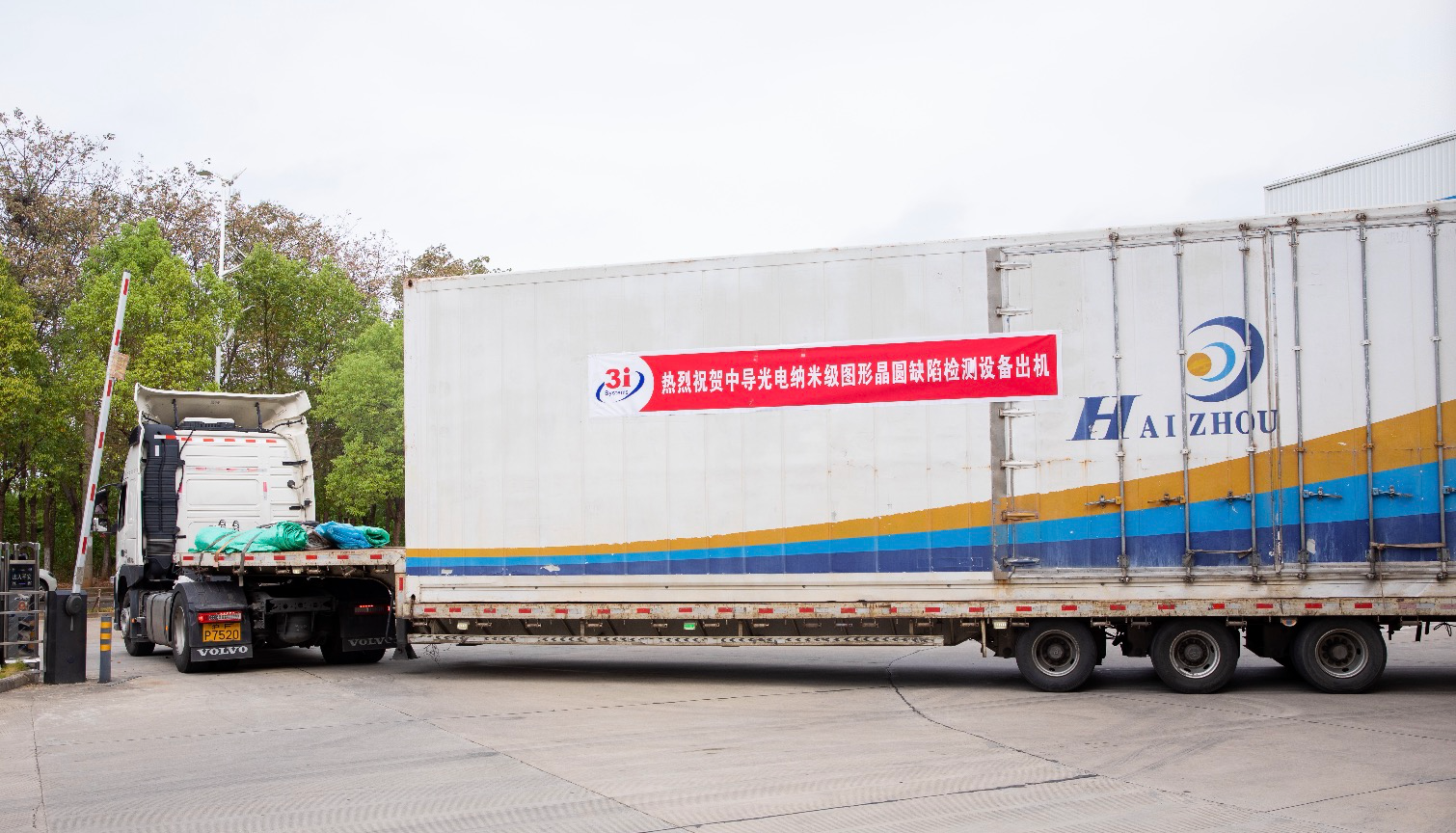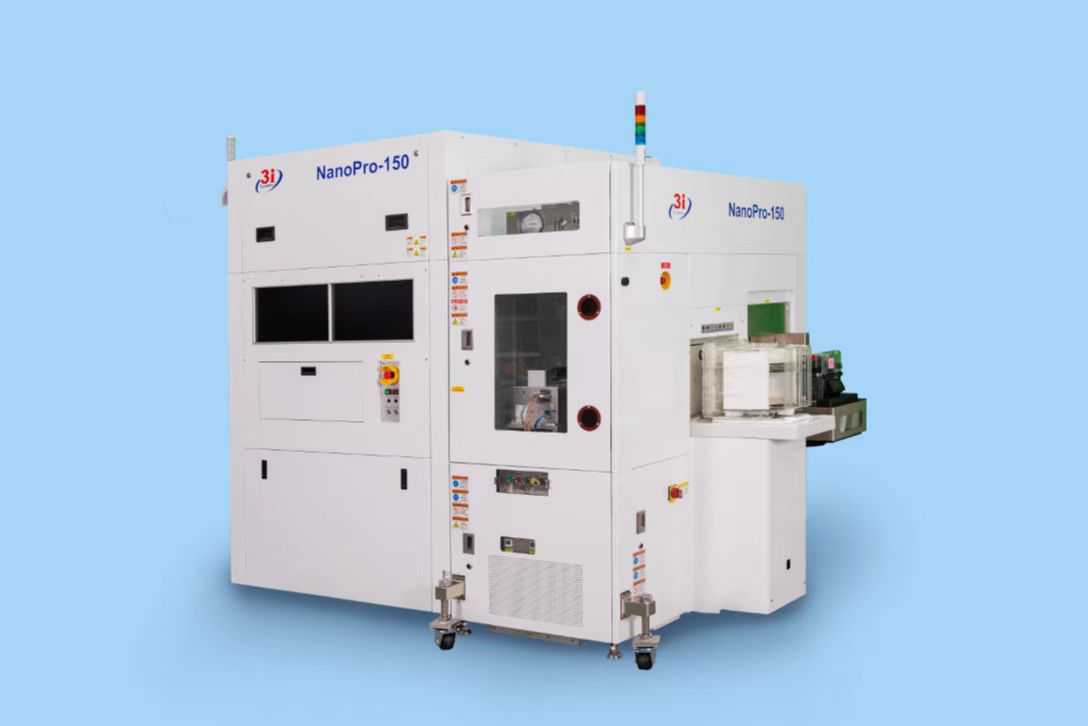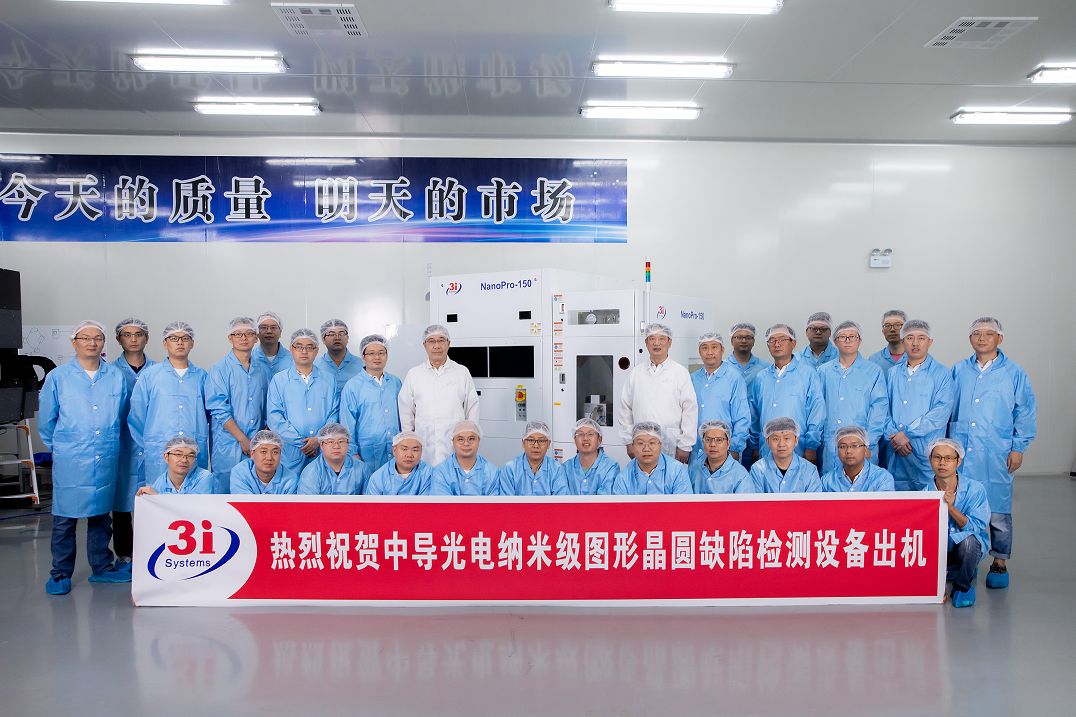Zhongguo Optoelectronics has delivered nano-scale patterned wafer defect inspection equipment to customers
A few days ago, NanoPro-150, a "nano-scale patterned wafer defect inspection equipment" developed and manufactured by China Conductive Optoelectronics Equipment Co., Ltd. ("China Conductive Optoelectronics"), was delivered to the customer's factory. The customer is joined and guided by a domestic semiconductor chip manufacturing giant, and is a well-known enterprise in the domestic IGBT manufacturing field.

It is reported that the NanoPro-1XX product series of Zhongguo Optoelectronics has a maximum sensitivity of 100nm, which is suitable for the manufacturing process requirements of semiconductor chips of 0.13μm-0.18μm and above. In addition to being similar to similar products from international top companies in terms of sensitivity, detection speed (Throughput) and other main performance parameters, this product series also has a number of unique innovations and features: First, it integrates "Bright Field" and "Dark Field". /Dark Field” in one, which not only ensures the inspection requirements for key processes such as lithography and etching, but also provides cost-effective inspection solutions for processes such as coating, CMP, and bare chips, which greatly expands the application scenarios of the equipment. The cost of use (COO) of the equipment is reduced; second, the "multi-channel imaging (MCI) technology" is adopted to improve the detection sensitivity of the equipment to different "detected materials/objects", and solve the "film color change/Color Variation" "interference to detection; third, the use of "dynamic image resolution extension (HDR)" technology to better solve the "light and dark contrast" problem of "metal-non-metal" mixed surfaces; fourth, according to customer needs, the device Compatible with two different wafer sizes, such as 8-inch and 12-inch, 6-inch and 8-inch, 5-inch and 6-inch, etc., which expands the scope of equipment use; fifth, integrates a large number of advanced image recognition and artificial intelligence software technology, and can match with the general software system and information exchange system of the international semiconductor manufacturing industry.

Compared with "unpatterned wafer defect inspection equipment", the technical difficulty of "patterned wafer defect inspection equipment" has been greatly improved, the scope of application is wider, and the economic value and market space of the product are also the same as "patterned wafer defect inspection equipment". several times. It is understood that the NanoPro-150 model delivered this time is a breakthrough in the localization of pattern inspection equipment in the domestic semiconductor front-end process.
Zhongguo Optoelectronics is a professional company specializing in the research, development and industrialization of high-end defect detection equipment in the front-end of the semiconductor industry. In the 16 years since its establishment, Zhongguo Optoelectronics has sold nearly 300 sets of various sub-micron (>0.5μm) "patterned" inspection equipment in the flat panel display (FPD) and other industrial fields. The company has undertaken dozens of national "863 plan" scientific research projects, scientific research projects of the Ministry of Industry and Information Technology, provincial and municipal scientific research projects, and has accumulated rich experience in the research and development and industrialization of high-end semiconductor testing equipment. Alternative suppliers.
The NanoPro-2XX series products of Zhongguo Optoelectronics have a maximum sensitivity of about 70nm and are suitable for 60nm-90nm semiconductor processes; its NanoPro-3XX series products have a maximum sensitivity of about 40nm and are suitable for 45nm-60nm semiconductor processes. NanoPro-2XX series products will accept customer orders next year, and NanoPro-3XX will also complete the research and development later and accept customer evaluation. The NanoPro-1XX series products and MDI sub-micron testing equipment that CND is currently in sales and mass production, plus NanoPro-2XX and NanoPro-3XX will enter the market successively, which can cover more than 90% of the domestic semiconductor front-end testing equipment demand market , bringing dawn to the localization of testing equipment in China's semiconductor industry.

